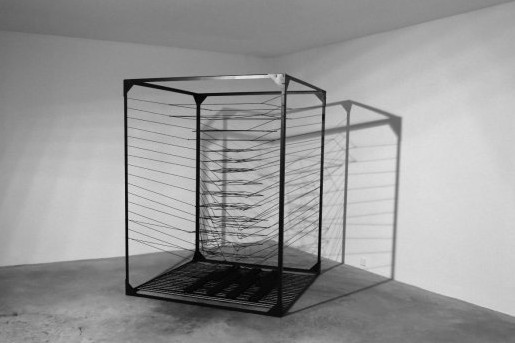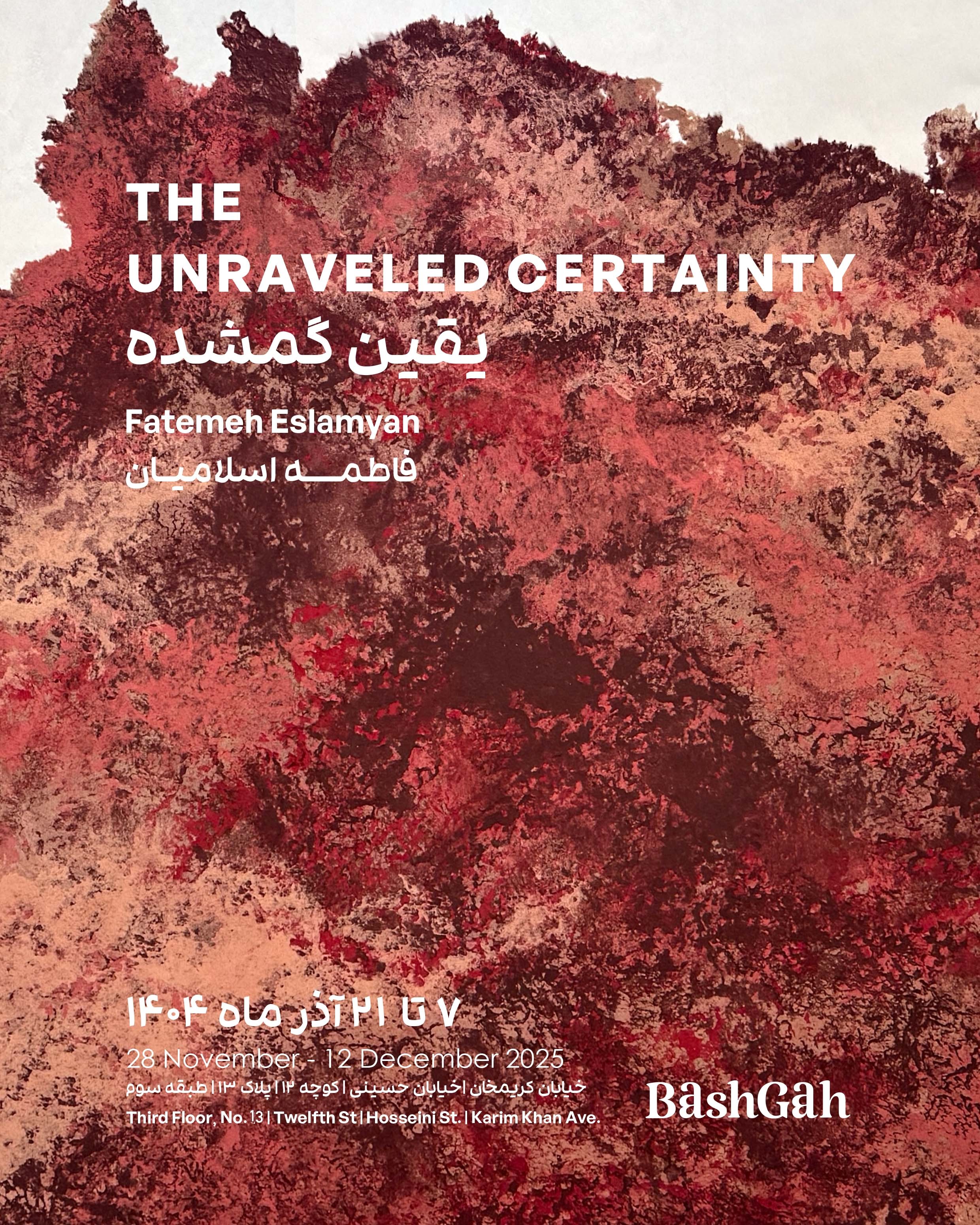Tehran,
No. 7, Abdeh Ave. Larestan Street. ,Motahari Street.
11 September 2020 - 2 October 2020
According to the Dehkhoda dictionary, Metamorphosis means a change in the form or getting
worse. However, the word itself has somehow metamorphosed and now mostly reminds us of
Kafka's book. Metamorphosis is one of the most important concepts used by modern writers to
designate the fragmented identity of human beings. The main character in their stories usually
undergoes a physical or mental metamorphosis as a metaphor to convey the intended meaning
to the reader. However, I think that the reader never perceives a text as it has been intended,
and a writer can never find the perfect reader, so here I have tried to retell the stories from my
own point of view:
• Books that are indecipherable because of the unconventional language of origami and display
a transformation in form. Here I put in my selected notes as a reader, in an attempt to create a
new text, but sometimes there are no notes which make the task of reading more difficult.
• Books that have been torn apart and woven together anew to create new content by a change
in form. Here the form and content get closer gradually, to the point where they become like a
carpet design, thus we even lose the few words that were remained in the books, the words
that made up the metamorphosed content, and the only thing left is a two-dimensional form.
• A form that enters the third dimension by being woven and placed in a volume to transform
the content even further.
• In "When I was a work of art" installation, the words turn into light and parts of the book are
presented to the audience, thus the reference to the original text and the movement of its
shadow on the wall and its functioning as a work of art leads to the further transformation of the
content in the viewer's mind.
• In the "Estikan" installation, we face the metamorphosis and transforming of information in
the digital world and unreliable sources that hand out fake stories as first-hand data
worse. However, the word itself has somehow metamorphosed and now mostly reminds us of
Kafka's book. Metamorphosis is one of the most important concepts used by modern writers to
designate the fragmented identity of human beings. The main character in their stories usually
undergoes a physical or mental metamorphosis as a metaphor to convey the intended meaning
to the reader. However, I think that the reader never perceives a text as it has been intended,
and a writer can never find the perfect reader, so here I have tried to retell the stories from my
own point of view:
• Books that are indecipherable because of the unconventional language of origami and display
a transformation in form. Here I put in my selected notes as a reader, in an attempt to create a
new text, but sometimes there are no notes which make the task of reading more difficult.
• Books that have been torn apart and woven together anew to create new content by a change
in form. Here the form and content get closer gradually, to the point where they become like a
carpet design, thus we even lose the few words that were remained in the books, the words
that made up the metamorphosed content, and the only thing left is a two-dimensional form.
• A form that enters the third dimension by being woven and placed in a volume to transform
the content even further.
• In "When I was a work of art" installation, the words turn into light and parts of the book are
presented to the audience, thus the reference to the original text and the movement of its
shadow on the wall and its functioning as a work of art leads to the further transformation of the
content in the viewer's mind.
• In the "Estikan" installation, we face the metamorphosis and transforming of information in
the digital world and unreliable sources that hand out fake stories as first-hand data

Available Nearby Exhibitions
The Unraveled Certainty
Tehran
28 November 2025 - 12 December 2025
